Log in or create new account to save this product to your wishlist.
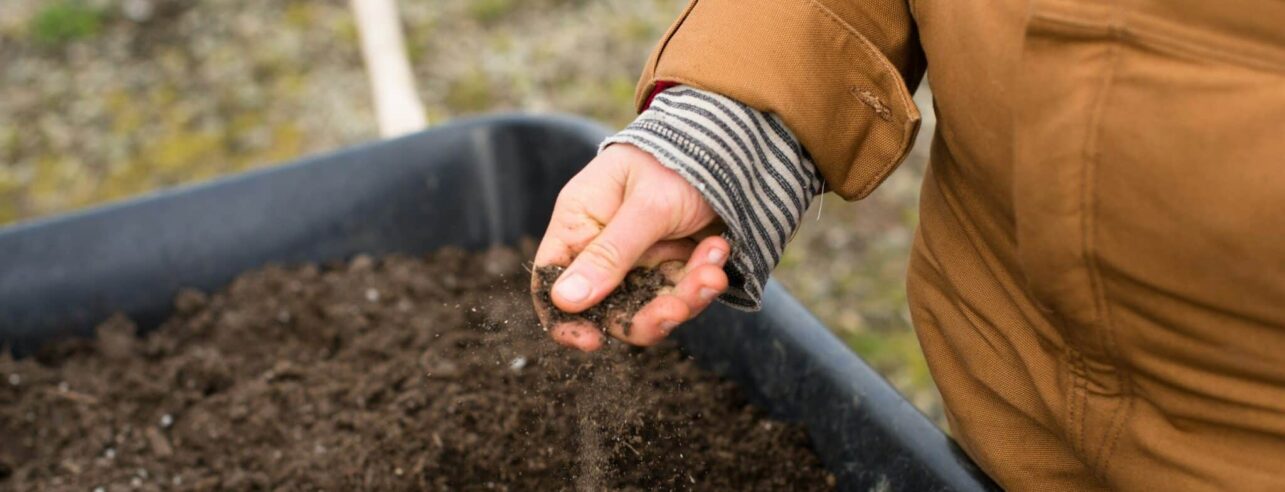
Potting Soil VS Garden Soil: What is the Difference?
Choosing between potting soil and garden soil is more than just convenience. Knowing the differences will help your plants grow well in their surroundings.
🌱 All important maintenance moments for your lawn during the year. Leave your email and we will send you the lawn calendar for free.
Enter your email
Receive the lawn calendar in the mail
Enjoy a green lawn all year round!

- Order by 2PM = shipped today
- 250.000+ satisfied customers!
- 60 day satisfaction guarantee
Understanding the nuances between potting soil and garden soil is crucial for any gardener, whether you’re nurturing a sprawling outdoor garden or a cosy indoor array of pots. The difference between these soils can significantly impact water retention, nutrient distribution, and the overall health of your plant.
We will delve into the key differences between potting soil and garden soil, including the ideal environments for each and practical tips for their use.
Key differences
Density and texture
Garden soil is denser and heavier when it is wet. This heaviness is good for keeping plants in the ground but may not be suitable for containers where too much weight might stress balconies, shelves, or window ledges.
Potting soil, in contrast, is light and airy, perfect for gardening in containers. This lighter weight makes sure roots can grow and spread without fighting dense soil.
Nutrient content
Garden soil’s nutrient content and pH might differ a lot, which might need changes to meet the needs of certain plants. You often need to check garden soil to learn its properties and fix it using fertilisers, lime, or sulphur to change pH levels or with organic material to increase nutrient content.
Most potting soils include a balanced mix of nutrients that are good for a wide range of plants and have neutral pH levels. Some potting mixes are made for certain plant types making it easier to manage fertilisation and pH adjustments.
Water retention and drainage
The makeup of garden soil influences its drainage and aeration. Clay soils drain and can suffocate plant roots. On the other hand, sandy soils drain well but hold less water. Adding organic matter to garden soil can enhance its structure, but it remains less controlled compared to potting soil.
Potting soil is designed to maintain a balance between holding moisture and draining well, ensuring that roots receive enough water and oxygen. This is vital for container plants that face a greater risk of too much or too little watering because of the small amount of soil.
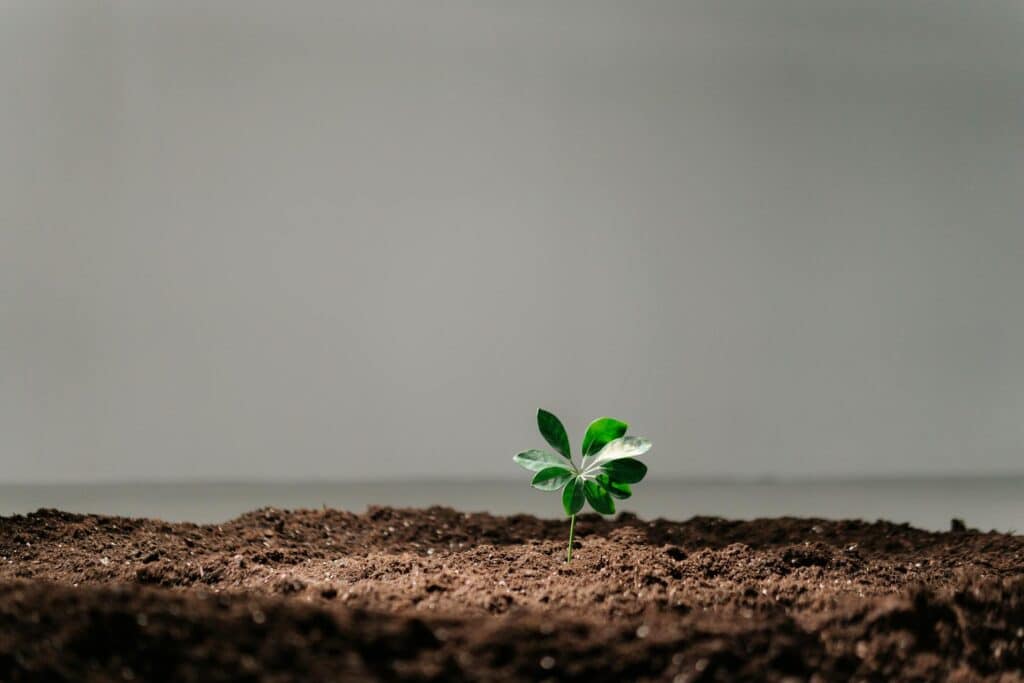
Ideal environments
Best situations for garden soil
Garden soil thrives in outdoor environments where plants can extend their roots deeply and widely into the earth. This type of soil is essential for creating a natural ecosystem, supporting a diverse range of plant and animal life. It’s particularly suited for large outdoor gardens, where the soil’s density and ability to integrate with the native ground promote robust plant health and growth.
Best situations for potting soil
Potting soil is specifically engineered for container gardening. This makes it ideal for indoor plants, balcony gardens, or any settings where natural ground soil isn’t accessible. Its lightweight and sterile properties prevent compaction and disease, ensuring that plants receive optimal aeration and moisture. Potting soil’s adaptability allows it to support a wide variety of plants, adjusting to different environmental conditions irrespective of the local soil types.
Combining garden and potting soil
When you’re looking to enhance the stability of raised beds or large outdoor containers, mixing garden soil with potting soil can be beneficial. A common mix ratio you might consider is one part garden soil to one part potting mix. To further improve fertility and drainage, consider adjusting this mix with compost or other organic matter. However, it’s crucial to mix these carefully. Garden soil can introduce pathogens that may harm container plants due to its non-sterilised nature.

Common mistakes
It’s essential to avoid using garden soil in pots as its heavy and compact nature can lead to poor drainage and aeration, potentially suffocating plant roots and promoting disease. Instead, opt for potting soil, which is specifically formulated to be lightweight and sterile, ensuring proper root growth and health.
Additionally, potting soil should be replaced every one to two years in containers. Over time, it can become compacted and lose its structure and nutrient content, which can hinder plant growth. Refreshing the soil or replenishing its nutrients with compost or slow-release fertiliser can help maintain a healthy growing environment for your container plants.
Whether it’s the light and fluffy consistency of potting soil for your container gardening needs or the dense and nutrient-rich garden soil for your outdoor garden, understanding and applying these differences can significantly contribute to the health and growth of your plants.
Happy gardening!
-
Zero-Waste Gardening – This is How You Do It!Did you know that the average person wastes between 100 and 150 kilos of food every year? That's why the concept of zero-waste gardening is becoming increasingly important for environmentally conscious gardeners that like to do their gardening greener.Read more
-
How to Master Tree Pollarding: A Practical GuidePretty dense! What might be an insult to some, is certainly a compliment to trees. Through pollarding, you can make sure, your trees have a dense crown of beautiful leaves.Read more
-
Get Ready: Here are 5 Garden Trends for 2025Curious about the latest garden trends for 2025? From smart solutions to sustainable choices, discover all the outdoor trends that are transforming British gardens!Read more
-
How to Grow Sweet Potatoes in Your GardenWant to know something splendid? A single sweet potato plant can produce 5 to 10 pounds (4.54 kg) of nutritious tubers—plenty to keep your family’s pantry well-stocked for weeks!Read more
-
Revive Your Lawn After Winter With These Easy StepsTired of winter lawn damage? Discover how to repair brown spots, remove weeds, and revitalise your grass for a thriving garden this spring.Read more
-
How To Get Rid of Japanese Knotweed EffectivelyLearn to recognise Japanese knotweed quickly and control it effectively. Prevent damage to your garden with our tips for safe removal.Read more
-
Tree Sapping: Why Can Trees Bleed After Pruning?Tree sapping explained: Learn why some trees bleed sap after pruning and how to manage sap flow to keep your trees healthy.Read more
-
Hydroculture: What is It & How Does It Work?Want healthier plants with less effort? Discover the benefits of hydroculture and how easy it is to set up your own system.Read more
Leave a comment
Your answer will be displayed on the site and the interested party will be notified by email.
Leave a comment
Have a question or want to share your experience? Leave us a comment.

- Order by 2PM = shipped today
- 250.000+ satisfied customers!
- 60 day satisfaction guarantee

- Order by 2PM = shipped today
- 250.000+ satisfied customers!
- 60 day satisfaction guarantee

🌱 All important maintenance moments for your lawn during the year. Leave your email and we will send you the lawn calendar for free.
Enter your email
Receive the lawn calendar in the mail
Enjoy a green lawn all year round!



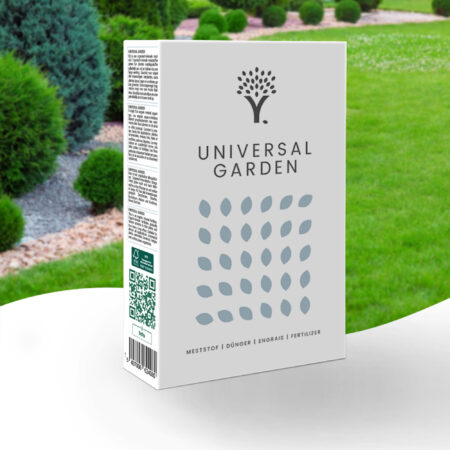
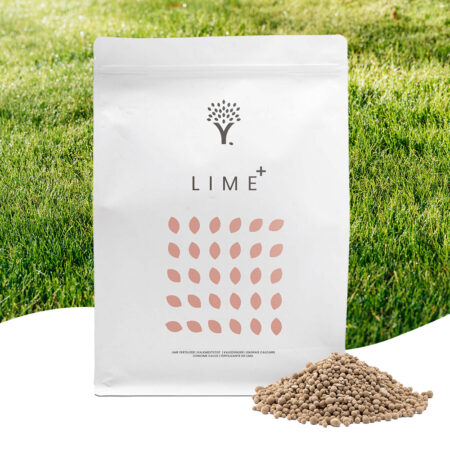
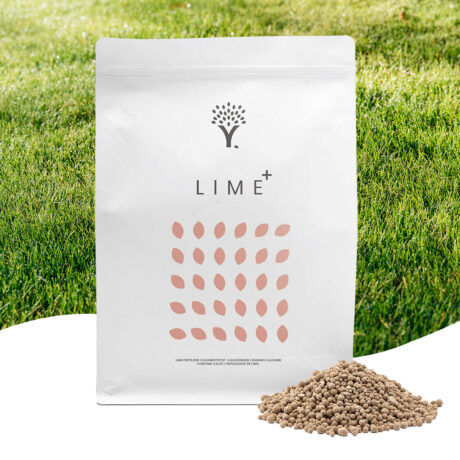
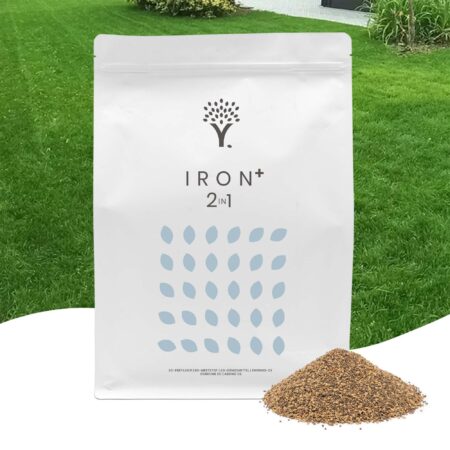
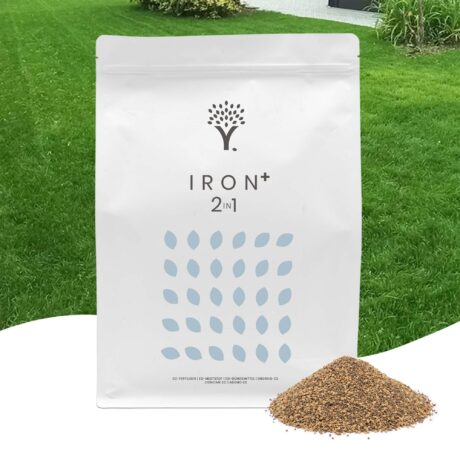


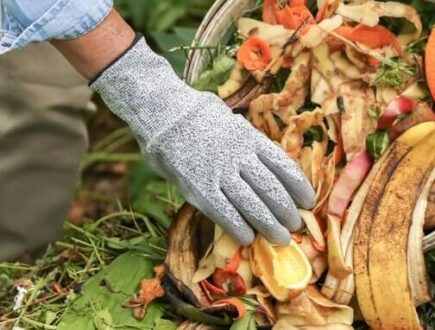
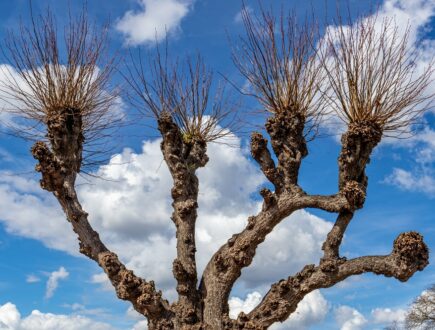
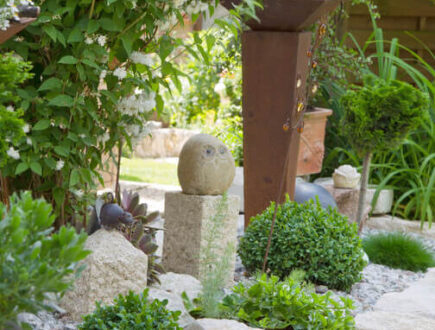
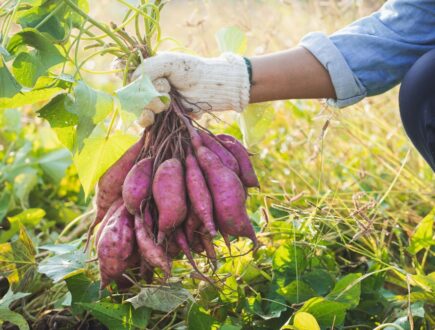
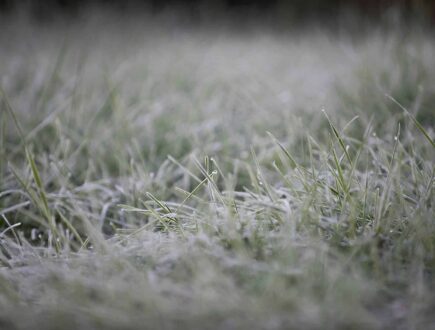
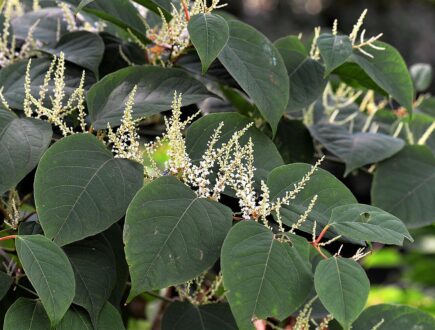
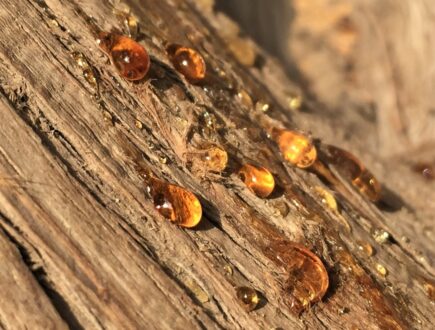
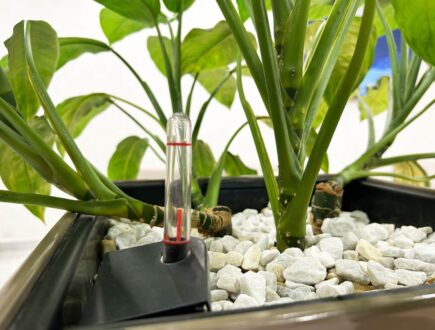









Comments (0)
There are no comments yet. Well then, what are you waiting for to
Be the first to write your comment!inaugurate this pretty page?
Do you have some comments?